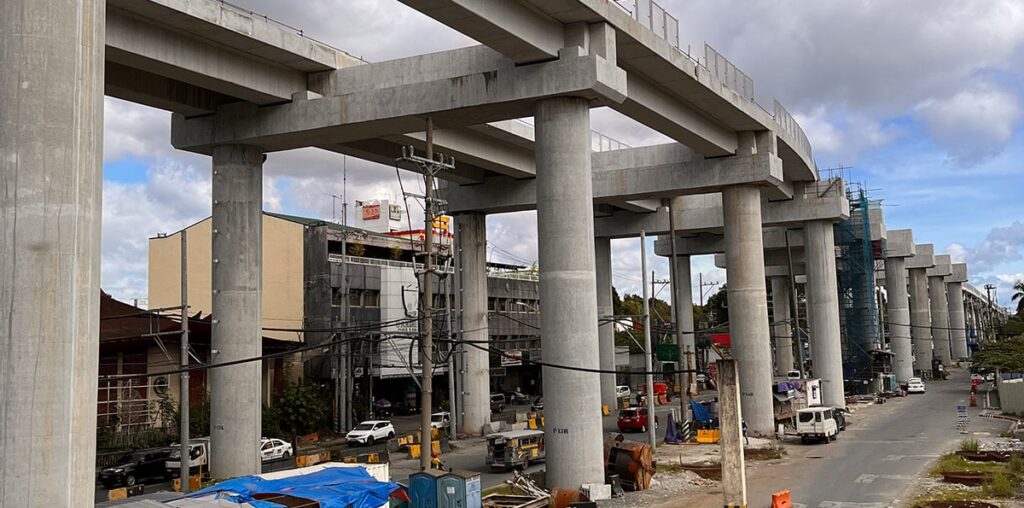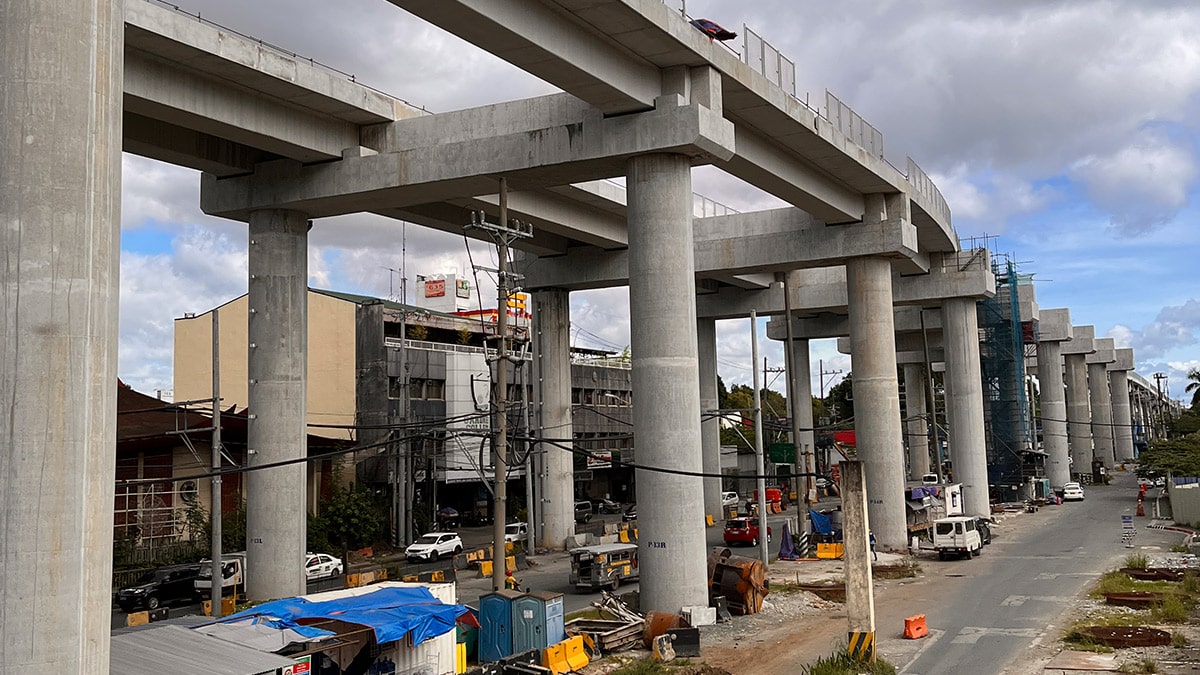Public spending on infrastructure picked up in September, helping government expenditures contribute to the country’s economic growth.
Direct government spending on infrastructure amounted to P137.1 billion in September, rising by 16.9 percent year-on-year, latest data from the Department of Budget and Management (DBM) showed.
That cornered the bulk of total capital outlays during the month, which rose by 11.3 percent to P154.8 billion.
Explaining the growth in infrastructure disbursements, the DBM said the government had to settle progress billings for completed road network and bridge programs of the Department of Public Works and Highways (DPWH).
The state also had to pay the costs of construction and rehabilitation of justice halls nationwide, among other undertakings.
Article continues after this advertisement
This brought the January-September infrastructure expenditures to P982.4 billion, up by 14.6 percent and beating the target disbursements of P881.9 billion for the period by 11.4 percent.
Article continues after this advertisement
Contribution to growth
As a result, total capital outlays in the first three quarters of 2024 jumped by 14.3 percent to P1.16 trillion, also exceeding the P1.1-trillion program by 5.4 percent.
“This was mostly attributed to the accelerated infrastructure spending of the DPWH, especially for carry-over and ongoing projects, and the direct payments made by development partners for foreign-assisted rail projects,” the DBM said.
The Budget department said the above-target infrastructure expenditures helped the government become a growth driver.
Latest data showed the Philippine economy grew by an annualized 5.2 percent in the three months through September, the weakest growth in five quarters. That clip was slower than the 6.4-percent expansion in the second quarter, and was also below market expectations.
Figures showed state expenditures moderately grew by 5 percent in the three months ending in September, from 3.7 percent in the preceding quarter. But the DBM admitted that the pick-up was magnified by base effects from last year’s catch-up spending, masking the disruptions from the unintended delays in construction activities due to typhoons.
Average gross domestic product growth stood at 5.8 percent in the first nine months. This means the economy would have to grow by at least 6.5 percent in the fourth quarter to meet the 6 to 7 percent target of the Marcos administration for 2024.
Moving forward, the DBM said spending in the last quarter of 2024 would be supported by “key expenditures of line agencies, specifically the priority social and agriculture programs as well as infrastructure projects.“
“The DBM is committed to ensuring that the disbursements for the rest of the year will help the economy realize the growth and fiscal targets set for fiscal year 2024,” the agency said. INQ


